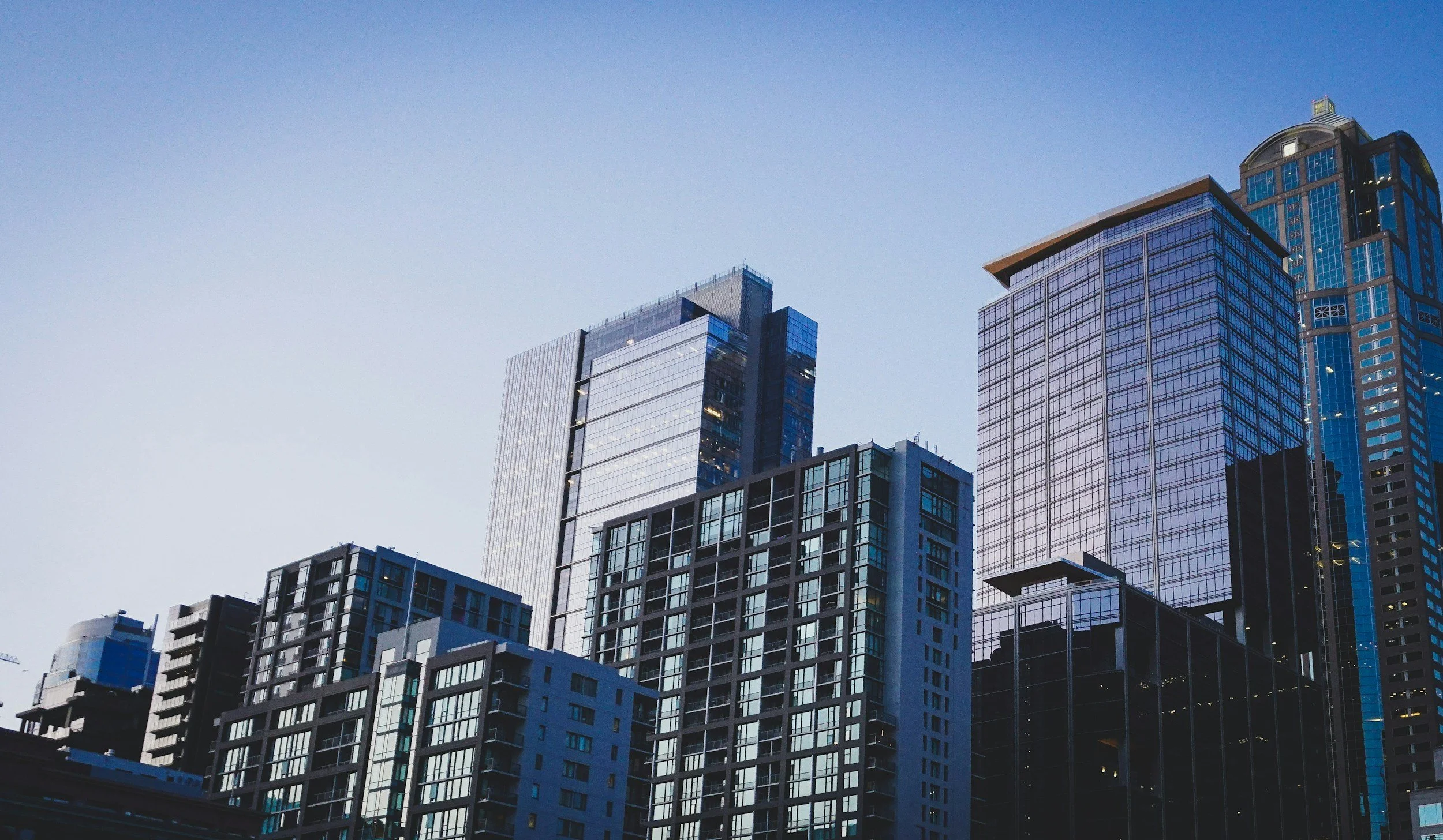A Guide for Californians Facing Wildfire Threats
In the vast landscapes of California, the threat of wildfires looms larger than ever. Every year during wildfire season, communities across the state face an escalating challenge, prompting the crucial need for collective preparedness.
As we navigate an era where climate change amplifies the frequency and intensity of wildfires, it becomes imperative for Californians to equip themselves with knowledge and strategies to safeguard lives and homes.
This guide aims to provide essential insights for individuals and communities grappling with the reality of wildfire threats, offering a roadmap to proactive readiness and effective response.
Understanding Wildfire Threats
In dissecting the intricacies of California's wildfire landscape, the nexus with climate change emerges as a pivotal factor. The state's geographical diversity, while breathtaking, also designates certain regions as high-risk areas prone to heightened wildfire activities.
Understanding these dynamics becomes foundational for residents, as it informs strategic preparations and risk mitigation efforts.
The symbiotic relationship between climate change and wildfires necessitates a heightened awareness of the evolving threat. According to the California wildfire attorneys at PSBR, recent trends underscore a surge in wildfire frequency, emphasizing the urgency for proactive measures.
By diving into these details, Californians can better comprehend the nuanced nature of the challenge they face and tailor their preparedness endeavors accordingly.
Community Preparedness Strategies
In the face of impending wildfire threats, communities must adopt a proactive stance, arming themselves with well-thought-out strategies for preparedness. One crucial aspect is the development of comprehensive evacuation plans, meticulously outlining routes and protocols.
These plans serve as lifelines during crises, ensuring a swift and organized response when time is of the essence.
Equally vital is fortifying homes against the imminent risk of wildfires. Implementing fire-resistant landscaping and construction measures becomes a shield, providing an added layer of protection. Simultaneously, assembling emergency supply kits stands as a tangible manifestation of preparedness, ensuring that families are equipped with necessities during evacuation scenarios.
These strategies collectively empower communities, fostering resilience in the face of uncertainty. By embracing these proactive measures, Californians can navigate the challenges posed by wildfires with a heightened sense of readiness and cohesion.
Technological Tools for Early Detection
In the realm of wildfire preparedness, technology emerges as a formidable ally. Advanced tools and innovations play a pivotal role in early detection and timely warnings. Apps, alerts, and monitoring systems harness the power of real-time data, providing residents with critical information to make informed decisions during rapidly evolving situations.
The integration of cutting-edge wildfire detection technology offers a proactive edge.
Californians can leverage these tools to stay ahead of potential threats, receiving early alerts that enable swift responses. This symbiosis between technology and preparedness empowers individuals to navigate the uncertainties of wildfire seasons with a heightened level of situational awareness.
Government Resources and Assistance
As Californians brace for the wildfire season, the importance of government initiatives cannot be overstated. State and local authorities have implemented a range of policies aimed at both prevention and management. Residents should familiarize themselves with these initiatives, gaining insights into the resources available to them in times of crisis.
Emergency response protocols, outlined by local authorities, serve as crucial guidelines for residents to follow. Understanding these protocols enhances coordination between individuals and official services, ensuring a more effective collective response to wildfire events. In times of heightened risk, the synergy between government resources and community engagement becomes the cornerstone of a resilient defense against wildfires.
Mental Health and Community Support
Amid the palpable threat of wildfires, it's imperative to acknowledge the profound impact on mental well-being. Individuals and communities experiencing the stress and trauma of these events require robust support systems. Recognizing this need, various resources are available to address the mental health challenges that often accompany wildfire incidents.
Communities should proactively engage in resilience-building programs, fostering a supportive environment for those affected. By acknowledging the emotional toll and providing avenues for mental health support, Californians can fortify their collective spirit. Strengthening community bonds becomes a crucial component of navigating the emotional aftermath of wildfires, ensuring that no one faces the challenges alone.
Post-Wildfire Recovery
Navigating the aftermath of a wildfire extends beyond immediate response efforts. It entails a comprehensive approach to rebuilding and restoration. Challenges in the wake of a wildfire are multifaceted, requiring strategic measures for long-term recovery.
Rebuilding efforts demand resilience and collaboration. Strategies for reconstruction must account for the unique challenges posed by wildfires, including considerations for fire-resistant materials and sustainable practices. Simultaneously, reforestation becomes a critical initiative to restore ecological balance and prevent future threats.
Learning from past experiences, communities can adapt and improve their preparedness. The insights gained from previous wildfire events contribute to more effective recovery strategies and lay the foundation for a more resilient future. In the face of adversity, the spirit of Californian communities remains unwavering, fueling a commitment to restoration and growth.
A Collective Effort
In the intricate dance with wildfires that defines the Californian landscape, the essence of preparedness and resilience emerges as a guiding force. This guide, navigating the terrain of understanding, preparedness, and recovery, serves as a beacon for individuals and communities facing the relentless threat of wildfires.
As we collectively confront the evolving challenges, it is crucial to recognize the interplay of climate change, technology, and community spirit. By understanding the nuances of wildfire threats, implementing proactive strategies, leveraging technological advancements, and fostering community support, Californians can stand resilient in the face of uncertaint
The journey towards wildfire preparedness is ongoing, and the commitment to collective safety remains unwavering. Through collaboration, adaptation, and a shared sense of responsibility, Californians can fortify their defenses against wildfires, ensuring not only survival but a vibrant resurgence in the aftermath. In unity, strength is found, and in preparedness, hope for a safer, more resilient tomorrow.





